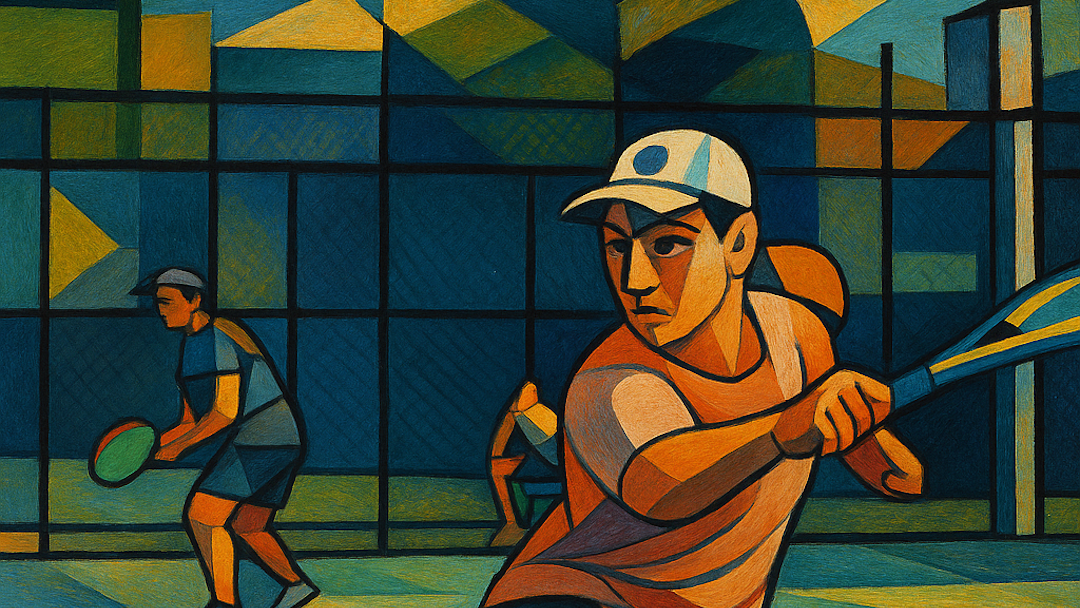Tennis Hits the Books
Elizabeth Wilson is a cultural historian who turned her attention to the game of tennis in ‘Love Game: A History of Tennis from Victorian Pastime to Global Phenomenon.’ The book is a sweeping history of the sport viewed through the lens of the world around it. The result is a brilliant and densely packed intellectual examination of tennis. It is a “must-read” for true tennis enthusiasts.
I should caution prospective readers that it took me a couple of chapters to fully warm to the writing. My initial impression after reading the first chapter is that this is exactly the kind of book that a librarian would purchase. In fact, my review copy was checked out from my local library. The first thing I did after completing my initial read was ordering my own physical hardcover book for collection. It is a book that I felt compelled to own.
The books that adorn our shelves are a statement about who we are and what is important to us. Additionally, in writing about “Pam Shriver’s Bookshelf” I observed that the post-Covid era of remote video has greatly increased the public visibility of the literature and accoutrements around us. Love Game is a book that most tennis players should want to have on their shelves. Put it right next to David Foster Wallace’s “String Theory.”
Wimbledon is a prime example of the sharp insights interwoven with essential history detailed in Love Game. The tournament organizers build the Championships into the iconic event that it is by interweaving it into local culture as a society event. Later when the game modernized, the promotors essentially “branded” the tradition of Wimbledon while simultaneously embracing the tools of modernization. It was a masterful stroke.
Wilson also contributed a socioeconomic perspective to the conditions that brought about an end to shamateurism in tennis. It was an inevitable result of the expansion of tennis participation expanded from exclusively monied elites to include players from modest backgrounds. As that occurred, suddenly many of the best players did not have rich relatives financially backing their tennis pursuits. Professionalism of the sport was inevitable given the societal forces.
Similarly, the rise of tennis professionalism and the Open Era created another cultural shift in tennis. The sport had historically been dominated not just by financial elites, but also intellectualism. Once tennis was professionalized, the sport came to be dominated by high school and college drop outs. In fact the game became so competitive that players have little time to pursue anything else other than tennis mastery. Education fell to the wayside.
Another astute observation in Love Game is how television and an increasing desire for individualism in the players brought about the end of all white clothes tradition in tennis. Television viewers complained that they could not tell players from each other when they were dressed in the same color. The players wanted their clothes as a canvas for self-expression. The irony that most players now wear the same kits from major clothing manufacturers is wryly noted.
Love Game is jam packed with the essential storylines of tennis history and contributing observations that add nuance to the narrative. For example, the ATP players organization arose due to disputes over the tournament calendar. That account is enhanced with the observation that mandatory tournament participation is likely what precipitated Bjorn Borg’s early retirement.
Wilson dedicates a chapter to how broad technology has driven change in tennis. The impact of non-tennis innovations on the game such as television and airline jet travel turned tennis into a global sport. Additionally, requisite topics like racquet technology and evolution of court surface are covered with an eye toward how those innovations fundamentally changed the way the game is played.
Love Game: A History of Tennis from Victorian Pastime to Global Phenomenon is a book that all tennis enthusiasts should read. It will greatly enrich your tennis perspectives and will change how you look at the game.
 | Love Game: A History of Tennis, from Victorian Pastime to Global Phenomenon |



